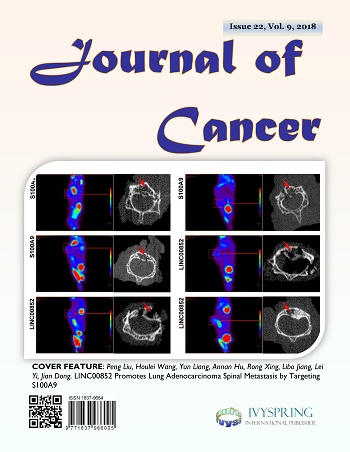
“The effect of cannabidiol (CBD), a high-affinity agonist of the transient receptor potential vanilloid-2 (TRPV2) channel, has been poorly investigated in human brain microvessel endothelial cells (BMEC) forming the blood-brain barrier (BBB). TRPV2 expression and its role on Ca2+ cellular dynamics, trans-endothelial electrical resistance (TEER), cell viability and growth, migration, and tubulogenesis were evaluated in human primary cultures of BMEC (hPBMEC) or in the human cerebral microvessel endothelial hCMEC/D3 cell line. Abundant TRPV2 expression was measured in hCMEC/D3 and hPBMEC by qRT-PCR, Western blotting, nontargeted proteomics, and cellular immunofluorescence studies. Intracellular Ca2+ levels were increased by heat and CBD and blocked by the nonspecific TRP antagonist ruthenium red (RR) and the selective TRPV2 inhibitor tranilast (TNL) or by silencing cells with TRPV2 siRNA. CBD dose-dependently induced the hCMEC/D3 cell number (EC50 0.3 ± 0.1 μM), and this effect was fully abolished by TNL or TRPV2 siRNA. A wound healing assay showed that CBD induced cell migration, which was also inhibited by TNL or TRPV2 siRNA. Tubulogenesis of hCMEC/D3 cells in 3D matrigel cultures was significantly increased by 41 and 73% after a 7 or 24 h CBD treatment, respectively, and abolished by TNL. CBD also increased the TEER of hPBMEC monolayers cultured in transwell, and this was blocked by TNL. Our results show that CBD, at extracellular concentrations close to those observed in plasma of patients treated by CBD, induces proliferation, migration, tubulogenesis, and TEER increase in human brain endothelial cells, suggesting CBD might be a potent target for modulating the human BBB.”








 “Altered endocannabinoid (eCB) signaling is suggested as an important contributor to the pathophysiology of depression.
“Altered endocannabinoid (eCB) signaling is suggested as an important contributor to the pathophysiology of depression.